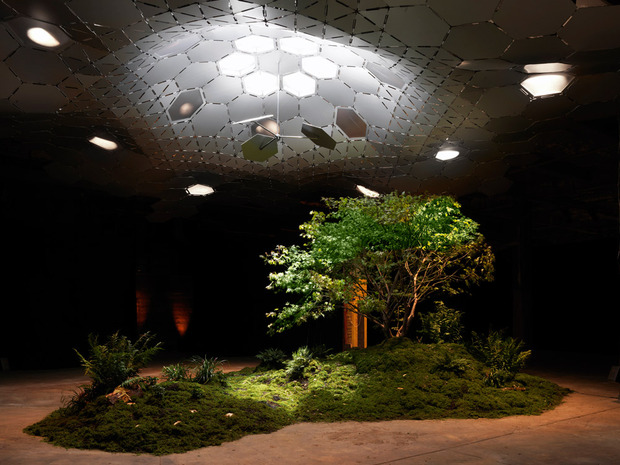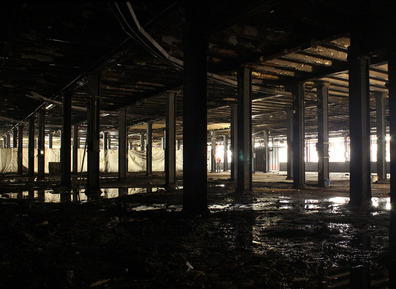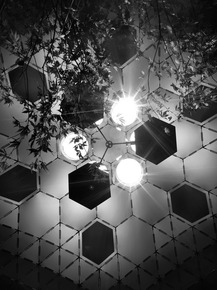Charged: Lowline and the Remote Skylight
A closer look at the progressive project’s innovative solution to bringing natural light underground

As the most talked about urban planning project in NYC of recent times—alongside the Plus Pool, perhaps—the Lowline continues to capture the attention of the creative community and beyond through its development from concept to construction. In the nearly two years since the project was fully funded via Kickstarter, we’ve seen no shortage of in-depth looks at the inventive design to transform a historic trolley station beneath Manhattan’s Lower East Side into a public park—including our recent Lowline Young Designers story. While the novelty of the world’s first underground park will always shine as low-hanging PR fruit, a deeper look reveals the real innovation—the “remote skylight” solar infrastructure. Designed by James Ramsey of Raad Studio, the light dispersion technology will allow the park to not only exist, but to flourish.

“The ‘remote skylight’ involves treating light like a liquid—transporting it from one location to another,” explains Lowline co-founder and Executive Director Dan Barasch. To do so, Barasch and Ramsey devised an intricate system of satellite-like solar panels, helio tubes to channel the sunlight from street level to the subterranean trolley station and a reflective umbrella-shaped dome to distribute the sunlight to encourage plant growth. “We all know that natural light enables plants and trees to grow, but we also have substantial evidence that natural light makes humans happier,” continues Barasch.

“Irrigating natural light is by far the most efficient means of delivering this quantity and quality of light,” explains Ramsey. “There’s also a certain poetry to directly relocating natural sunlight, and a certain deep psychological response we have to natural light.” Historically speaking, architects and designers have long worked to capture and distribute natural light in interior spaces. “There are diverse elements of redirected light that have been used widely throughout the world, at many scales, though no project has ever before envisioned using light in the way we are imagining.”


The clever solution that allows for underground photosynthesis, while also promoting human happiness, is one to marvel at—hopefully one that city planners and architects from around the world look to as a source of inspiration for future projects. “Our concept involves marrying this core design instinct with the limitations of dense modern urban multi-layered environments,” says Barasch. “By only requiring a small opening in a street to deliver a significant quantity of daylight underground, we hope the ‘remote skylight’ concept can transform perceptions of the value of the underground.” Follow along with the Lowline as the project continues to work towards realization in 2018.
Images courtesy of Lowline












